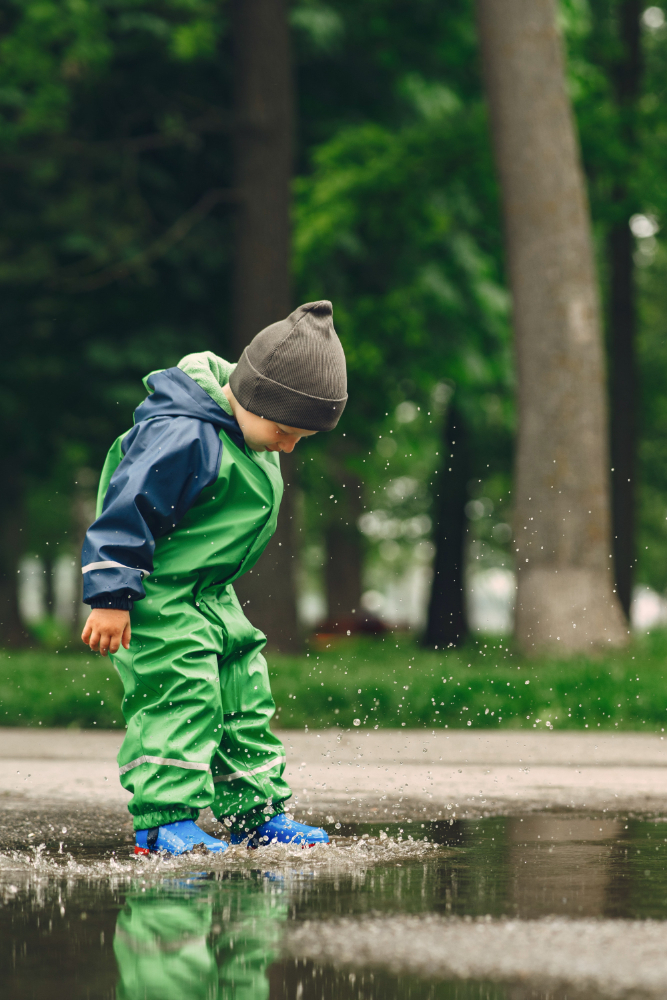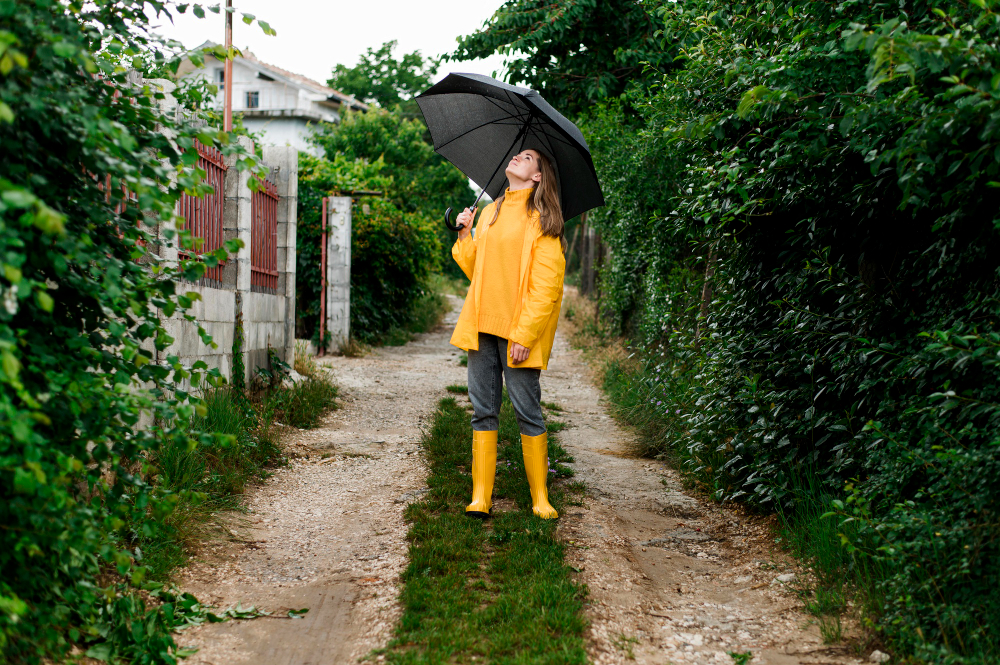A new trend is emerging in our cities, offering an innovative solution for creating sustainable and ecological green spaces: urban rain gardens. These urban oases, also called bioretention gardens, make it possible to effectively manage rainwater while bringing welcome biodiversity to our often concreted urban environments.
What is an urban rain garden?
An urban rain garden is a landscaping specifically designed to capture, filter and absorb stormwater. It is designed to mimic the natural functioning of the soil and natural ecosystems, while bringing a pleasing aesthetic to the urban environment. These gardens are usually made up of different types of plants and filtration materials, which help retain rainwater and allow it to slowly seep into the ground.
The Benefits of Urban Rain Gardens

Urban rain gardens offer many benefits to both the environment and city residents. Firstly, they help reduce the risk of flooding by capturing and infiltrating rainwater. By retaining rainwater, these gardens also help regulate the flow of waterways, thus preventing overflows during heavy rains.
In addition to their rainwater management function, urban rain gardens bring great ecological value to urban spaces. They promote biodiversity by creating natural habitats for insects, birds and other animals. Additionally, these gardens help purify water by filtering pollutants and harmful substances before they flow into waterways.
Finally, urban rain gardens help improve air quality by absorbing CO2 and producing oxygen thanks to the vegetation present. They also provide a space for relaxation and conviviality for residents, thus promoting well-being and mental health.
How to create an urban rain garden at home?
Creating an urban rain garden at home may seem complex, but it can be done with a few simple tips. First of all, it is important to choose the appropriate location for your rain garden. It should be located in an area where rainwater tends to accumulate, such as at the bottom of a slope or near a rainwater downspout.
Next, it is essential to prepare the ground adequately. You must dig a pit to a depth of approximately 30 to 60 centimeters and add a layer of gravel or crushed stone to promote drainage. Next, a layer of topsoil mixed with compost should be added to provide the necessary nutrients to the plants.
Once the soil is prepared, it’s time to choose the right plants for your rain garden. It is best to choose native, drought-tolerant plants that are able to tolerate periods of drought and heavy rain. Deep-rooted plants are also recommended, as they help absorb water efficiently.
Finally, it is important to add filtration materials, such as layers of gravel, sand and soil, to filter out pollutants before water seeps into the ground. These materials should be positioned so that they can hold water and allow it to seep slowly.
Integrating Technology into Urban Rain Gardens
Alongside the main benefits and stages of creating urban rain gardens, it should be noted that modern technology can play a vital role in optimizing and monitoring these innovative green spaces. Technology can not only contribute to more efficient stormwater management but also enrich the experience of city dwellers who visit these spaces.
Automation for efficient management
Incorporating automation systems into the design of urban rain gardens can greatly facilitate their maintenance. For example, programmable drip irrigation systems can allow collected rainwater to be used optimally, distributing water evenly and at the most suitable time for plants. These systems can be synced with mobile apps, allowing real-time monitoring and easy adjustment based on plant needs.
Solar lighting and smart urban furniture
Urban rain gardens can also be equipped with solar lighting, which, in addition to being environmentally friendly, adds an aesthetic dimension to these spaces after dark. Smart street furniture, such as benches equipped with solar-powered USB ports, can be installed, providing a space where city dwellers can relax while charging their electronic devices.
Applications for an interactive experience
Mobile applications can be developed to enrich the visitor experience of urban rain gardens. These applications could offer detailed information on the different plants present, the animal species that reside there, and the environmental benefits of the gardens. Visitors could thus have an interactive experience, learning more about the importance of biodiversity and sustainable development while strolling through the garden.
Sensors and monitoring systems
The integration of sensors and monitoring systems can be used to monitor the condition of the rain garden precisely. These devices can monitor things like soil moisture levels, filtered water quality, and overall plant health. The data collected can then help make necessary adjustments to ensure the garden is functioning optimally.












